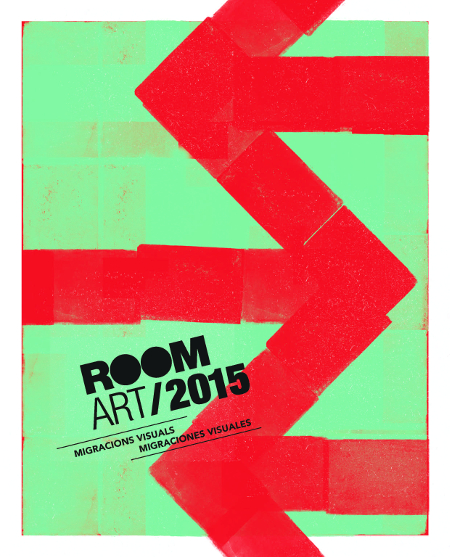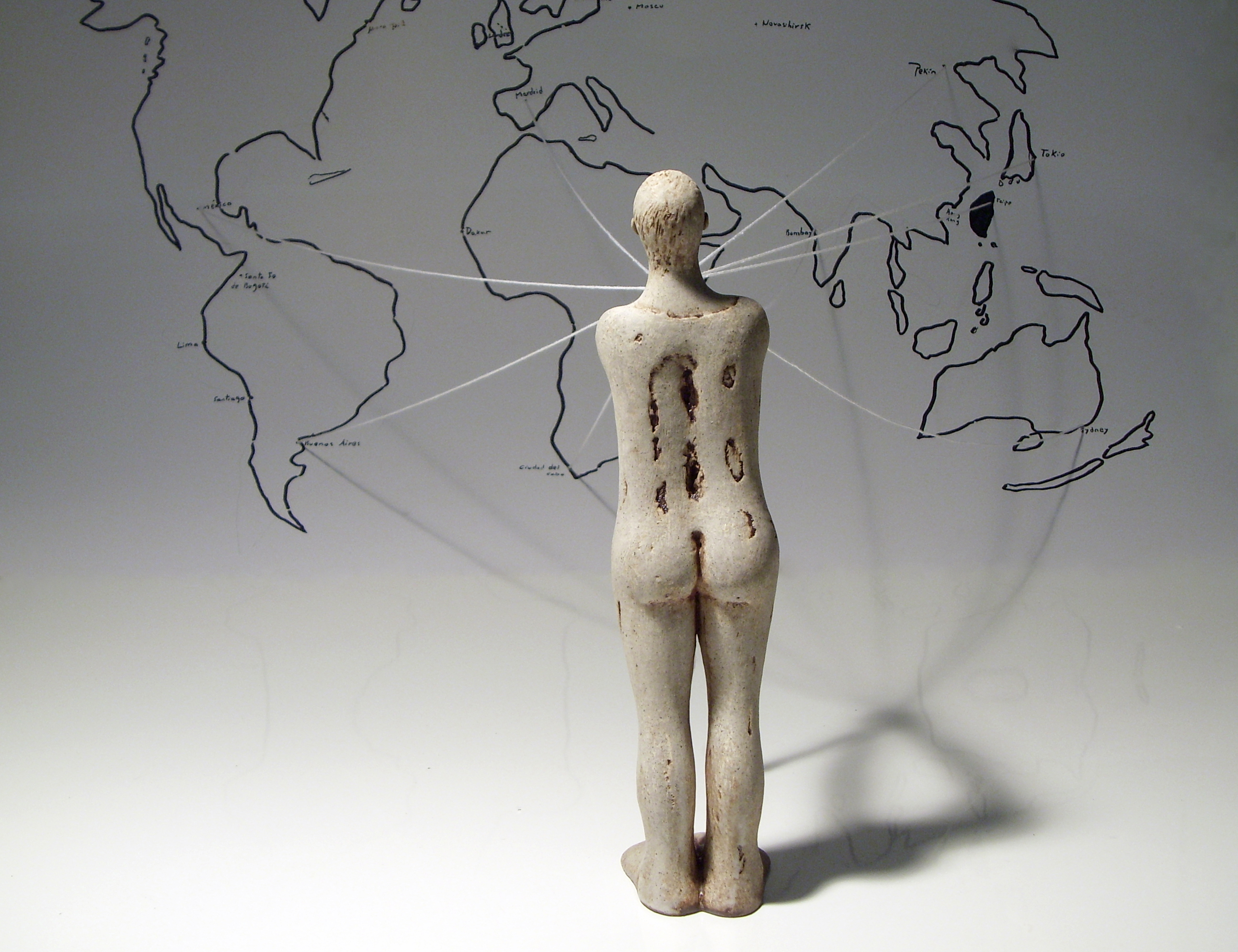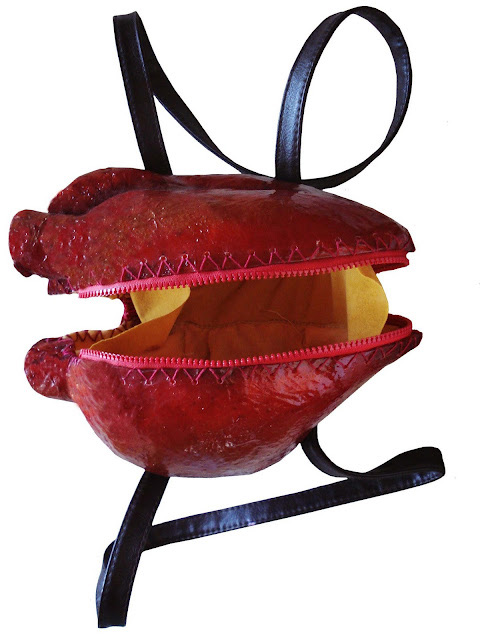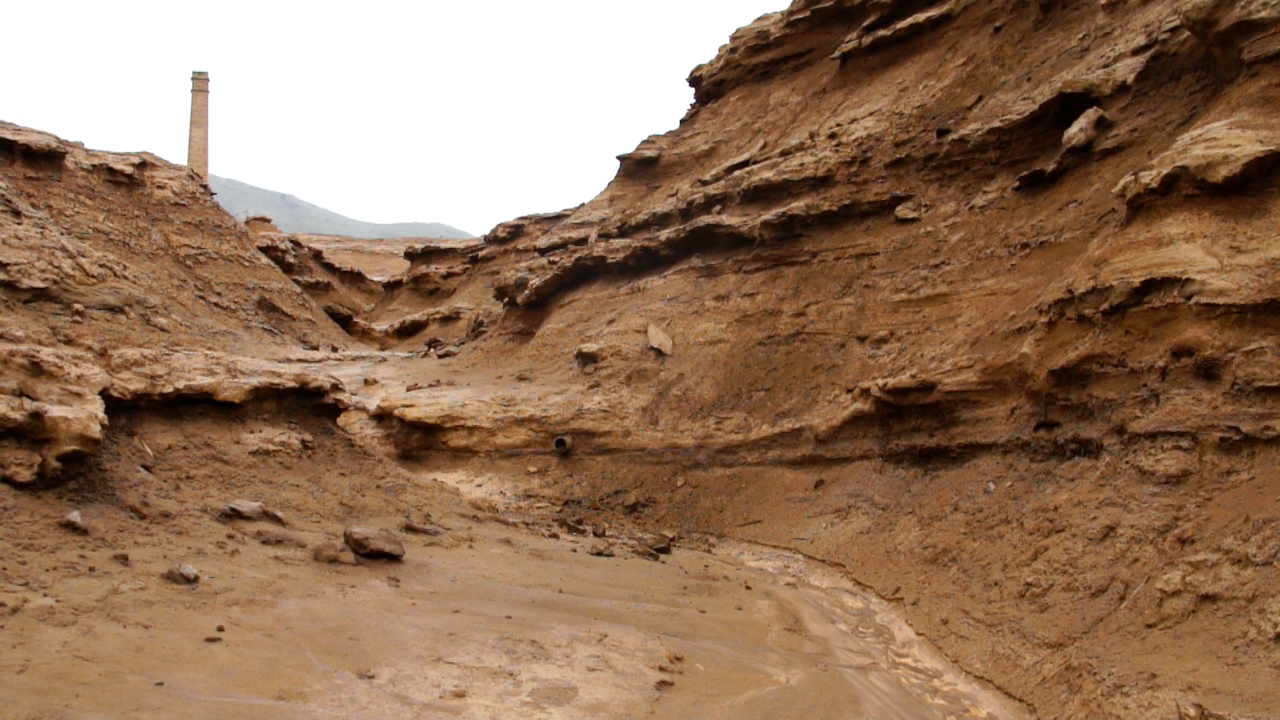
Participating Artists:
Karina Vagradova. Rusia / Valencia
Manuel Martínez Llambrega. Chile / Valencia
Su-pi Hsu. Taiwan / Valencia
Adriana Chávez. México / Valencia
Ewa Okolowicz. Polonia / Chile
Aldo Alcota. Chile / Valencia
Vicente Perpiñá Giner. Valencia / EUA
Natuka Honrubia. Valèencia / Reino Unido
Pau Pascual i Galbis. Valencia / México
Paula Prats. Valencia / Islandia
Daniel Coves. Valencia / Alemania
Nuria Antolí . Valencia / Barcelona

|
ROOM ART is a research, study and support platform for emerging artistic production promoted by ROMEU and ROM EDITORS. The promotion and development of Valencian contemporary art are the strategic pillars on which this initiative is based. The proposal ROMM ART / 2015 is set up in the double perspective of immigration-emigration. Until recently our cultural space was a clear recipient of foreign populations, now it also joins the emigrant flow with its artists. Thus, in that two-way situation regarding the reception or distancing of it, ROOM ART / 2015 sets up its third project for supporting young Valencian creators. It does so in an attempt to boost the work of those who had begun their research outside their native environment, and of those who, although being integrated into our society, were not born here and, thus, this is not their native cultural context. Migrations, thus, are considered as displacements that had opened new creative ways in the artists’ poetics, whose materialization is open to a variety of mediums, languages and disciplines.

|
In the artists’ work personal search is a substantial part of the research process that later it will be materialised in their works. Thus, the issue refers to a space of individuality as a thought made modus vivendi , sometimes complex if it is about experiences, felt very deeply and permanent impetuousness, but sometimes less startled when life experiences broaden the temporary dynamics of existence, with advantages and obligations, retaining the possibility of the necessary expansion of objectives, wishes and creative competences.
In this light, the issue is viewed from the perspective of the person and their internal gestures, often private, so decisive in the development of a defined poetry and linked to the problem of reality. In the end, a poetry registered in the argument that nourishes and which always has spurred modern art.

|
Without renouncing to the individual pathway, thus to comb the existence depends, for the artist, on a multiplicity of contexts. Then, it exists a particular “out there”. So, this is both the place of origin, and the place where you are. That is to say, it is about what surrounds the artist and with it, its expressive language, developed it in a known, familiar and close cultural environment but that also can be unknown, stranger and which can be integrated in the ways of doing things if the person has changed of context. One thing and other shake hands in the artistic work of creators, as it is difficult to stand aside in the development of current times and, henceforth, to move towards new directions in the development of visual culture. However, the currency of globalisation and the firmness of the changes that its reality has established, it has shown a present where migrations of these protagonists are not only a research approach or an aesthetic concept, but that they are produced as a physical, real and effective fact, by making that artists move to other cities, countries or cultures.
The Roomart 2015 proposal runs in parallel with this approach, already settled in the double perspective immigration-emigration. Well, if until recently, our cultural space was a clear receiver of foreign populations, now their artists are also joining the migrant flow. Thus, in this bidirectional relationship regarding to the reception in our territorial space or to the distancing of the same, Roomart 2014 frames its third project to support Valencian young artists. And it does it in an attempt to promote the work of those who already have started their researches outside their native environment, and of the others, who are integrated in our society but they did not born here and therefore this is not their native cultural context. Thus, migrations are as displacements that have open new creative paths in the poetics of artists, whose materialisations are open to a diversity of mediums, languages and disciplines.

|
The meanings of these current visual narratives, defined through these new destinations are reflected in the work of twelve Valencian artists whose aesthetic paths are necessarily fed by a displacement. If experience precedes the work, then Roomart 2015-Migraciones Visuales wants to tell us how these migrant processes have influenced the interpretation of the contemporary world through the image created by our young artists.











